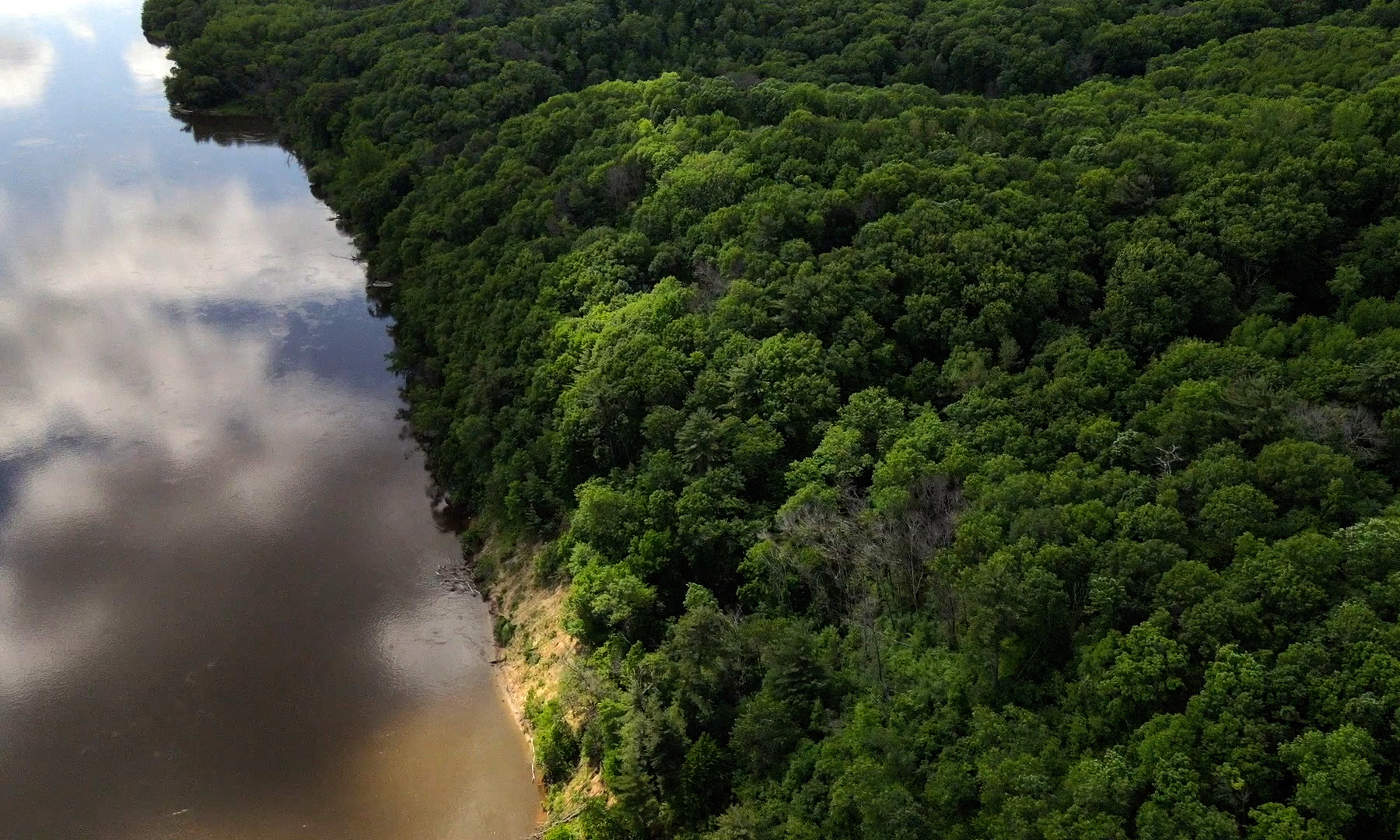Press statement: Mississippi River declared America's most endangered river

The Mississippi River topped the list this year — for good reasons. (Photo by Mike Durenberger for FMR)
On April 16, 2025, American Rivers released its list of America’s Most Endangered Rivers® of 2025. The Mississippi topped the list this time due to intensifying flood risk, climate change and the reduction of federal support. Friends of the Mississippi River issued the press statement below outlining additional threats to our stretch of the river.
Mississippi River designated as America's most endangered river
"The Mississippi is beloved by Minnesotans, but it faces many challenges in our headwaters state — with consequences that can be felt by communities all along the river, down to the Gulf. However, along with these challenges come many opportunities. And no matter where you are in Minnesota, there are ways to get involved at a community or state level to make a difference and support a healthier Mississippi River."
—FMR Executive Director Whitney Clark
Here are just three of the top challenges and opportunities facing the Mississippi River and Minnesotans today.
Agricultural pollution
Throughout much of Minnesota, rain or water that runs off or through farm fields can carry sediment and nitrate pollution into the river or even local drinking water supplies.
But researchers the University of Minnesota, Forever Green Initiative have developed a crop, a type of oilseed, that can be grown over winter and turned into sustainable aviation fuel. By covering ground that would otherwise be bare at this time of year, Minnesota can significantly reduce fertilizer and sediment pollution into our waters. Our state legislators need to seize this opportunity and support healthier waters and farms by supporting sustainable aviation fuel made with winter-hardy oilseeds.
Aging infrastructure
Minnesota also has a lot of aging infrastructure. When the Rapidan Dam partially failed last year, we all saw the impact of roaring waters on older dams.
In the coming years, the Twin Cities will face a momentous decision: What should we do with aging locks and dams no longer needed for commercial transport, specifically the Lower St. Anthony Falls lock and dam in downtown Minneapolis and the lock and dam #1 (.a.k.a. the Ford dam) just downriver from Ford Parkway in St. Paul? While the challenge is daunting, it also presents a once-in-a-lifetime opportunity for us to reimagine our relationship with the river. FMR is advocating for Minnesota to fund research into the potential costs and impacts of dam removal (in addition to the other options being considered by the Army Corps of Engineers) to allow us to thoroughly consider this question.
Pollution from mining
Upstream, closer to the headwaters, a new nickel-copper sulfide mine has been proposed. But no sulfide mine in the U.S. or Canada has operated long-term without polluting the watershed it is part of. FMR is seriously concerned about the potential negative consequences of this mine on the health of the Mississippi River and nearby communities, including the Mille Lacs Band of Ojibwe. Here, we have the opportunity to consider whether there are alternatives, such as e-waste and metals recycling, to get the materials we need.
These are just a few of the many river issues we can weigh in on in our state and communities. We also encourage everyone to join an Earth Day cleanup or other local restoration events (we offer many in the Twin Cities metro) and check out 30 ways to help the river in your backyard.
Media contacts
- Land Use & Program Planning Program Director Colleen O’Connor Toberman
- Executive Director Whitney Clark
Become a River Guardian
Sign up and we'll email you when important river issues arise. We make it quick and easy to contact decision-makers. River Guardians are also invited to special social hours and other events about legislative and metro river corridor issues.